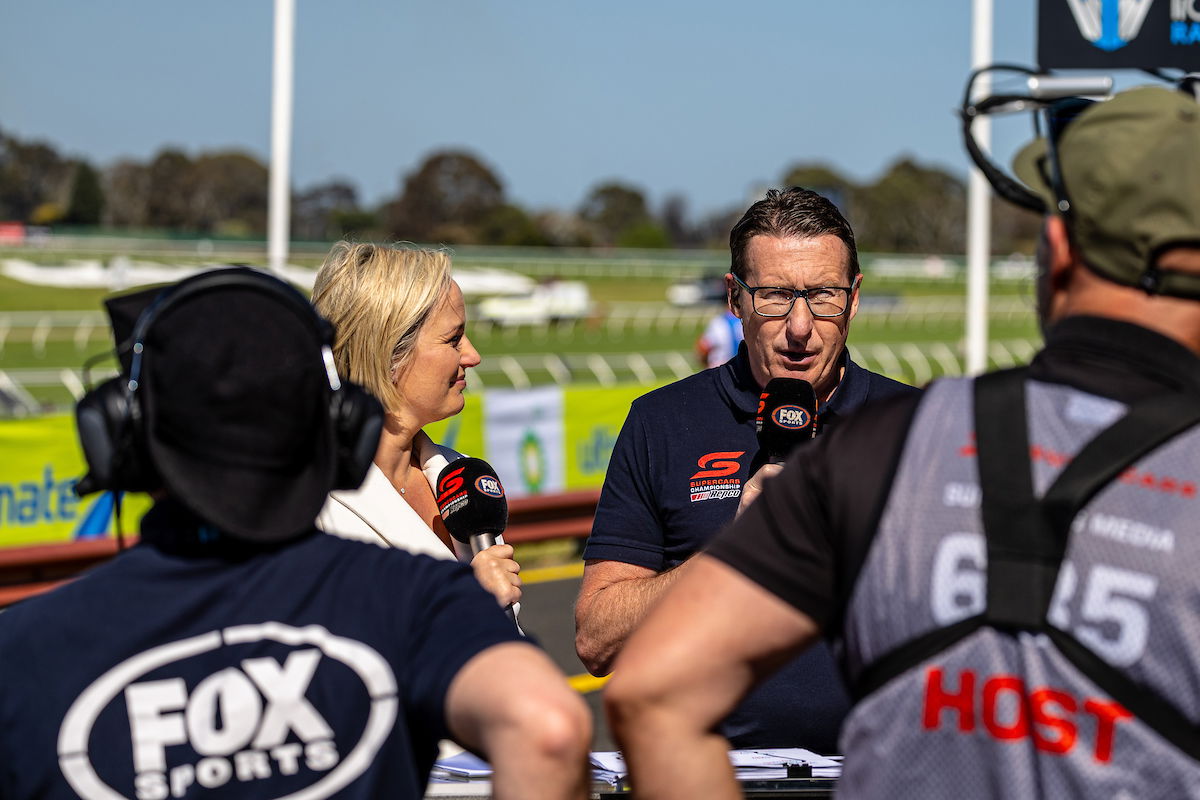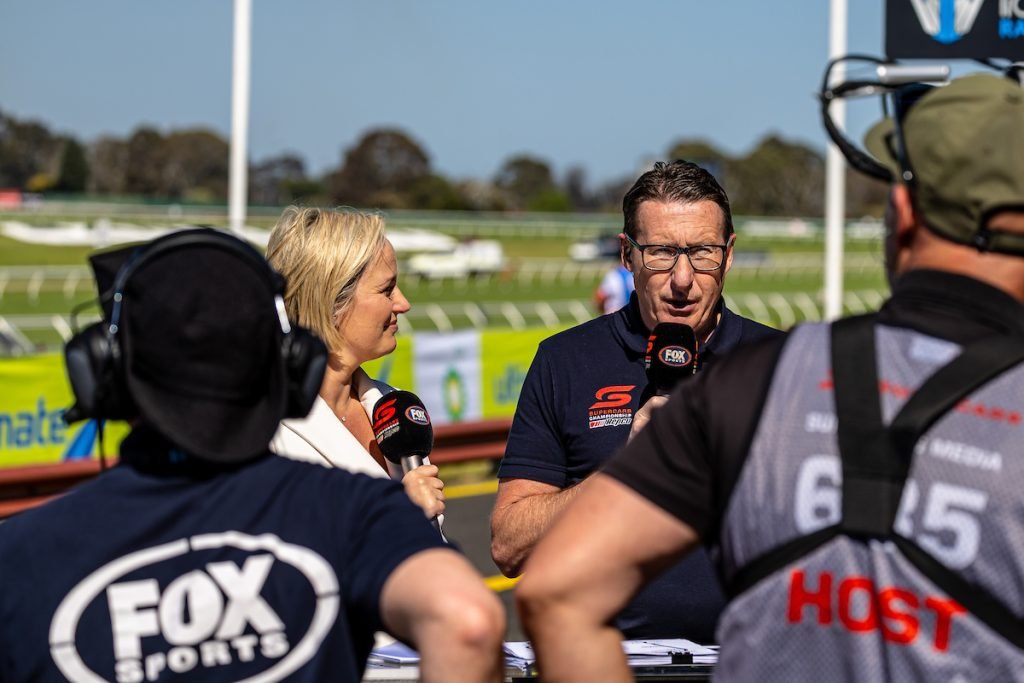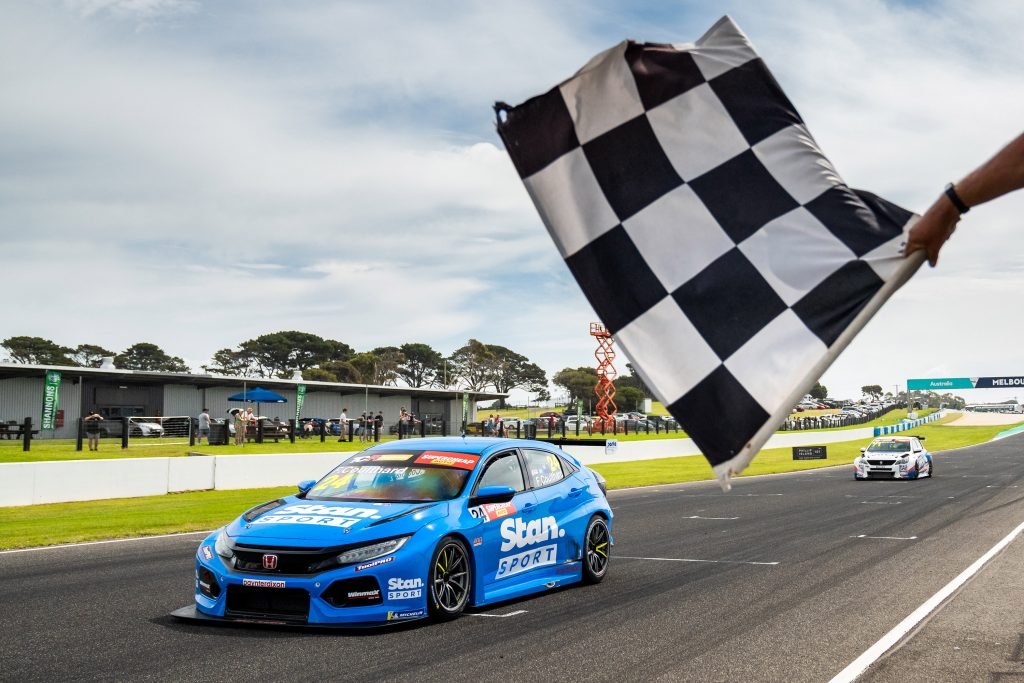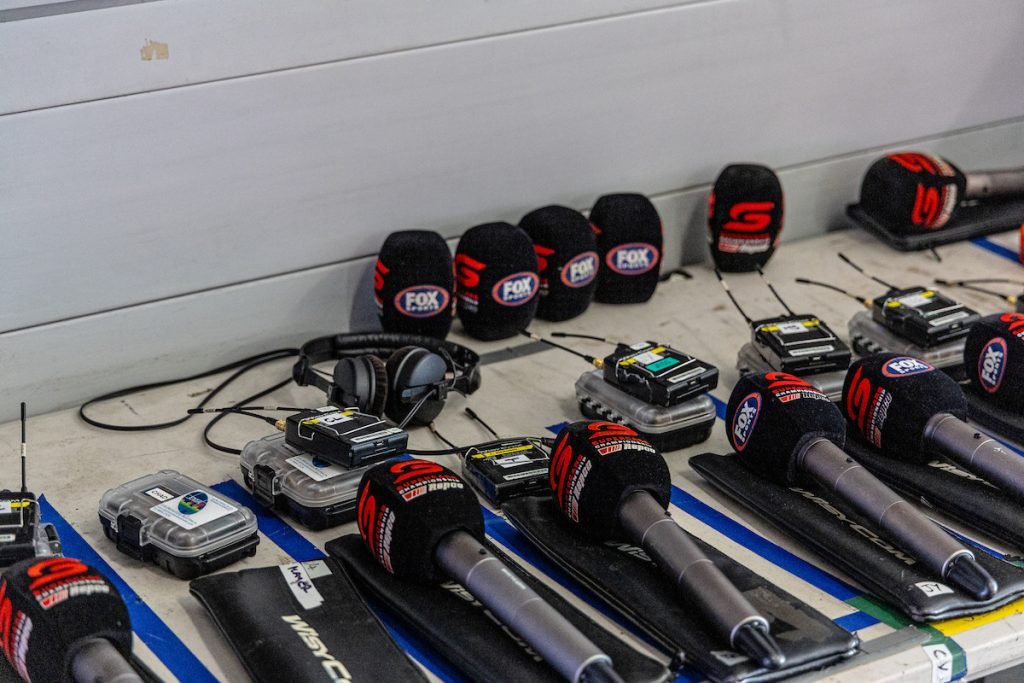

The sports media rights landscape is very, very different to that which prevailed 20 years ago. In fact, the whole world of broadcasting and the way we consume content of all types has changed dramatically over those two decades, especially amongst younger consumers.
Picture a typical Australian sports television rights discussion from the early 2000s. Lunch in a decent Sydney restaurant between a network boss and the chair of a sporting code, with ego-driven posturing by both parties between the scribbling of numbers on a napkin.
All three local commercial networks were money-making machines and would often use sports rights as a means to building audience for major prime time shows. Actual hard economics based around the raw sports product itself didn’t always come into the financial decisions made.
So, post that lunch, the business case around the agreed figures might be built to match those numbers, rather than the other way around.
Until 2015, for Supercars, that typically meant winding Seven up against Ten and vice versa. Famously, that backfired badly in 2013 with a less than stellar financial deal for the 2013 and 2014 seasons. In that moment, the dreamers realised that Supercars is not the AFL, the NRL or cricket. The networks well and truly adopted a take-it-or-leave-it stance.
Since 2015, thanks to then Supercars CEO James Warburton, Foxtel has been the backbone of the Supercars broadcast deal, supported by Ten initially and now Seven. In the first five years or so of this mixed arrangement, there was undoubtedly an argument to be made that the major reduction in visibility of the category on free-to-air TV was hurting the sport. Latterly, considering the incredible speed with which viewer habits are changing, I believe that it’s much more difficult to make that argument.
Moreover, the network deals with the A-League and with Super Rugby whereby some matches would be shown on FTA, but with the majority on subscription sub channels on their streaming services, haven’t exactly improved the visibility of either code, to say the least. In fact, they’ve all but disappeared.
By far, the biggest go-to platform for sports in this country is Foxtel/Kayo. The lack of traction, especially for motorsports, for the alternatives was firmly underlined by the unsuccessful relationship between the SpeedSeries and Stan Sports.

Therefore, IMHO, Supercars needs to be ensuring that its future is very firmly anchored to the Foxtel mast. Supporting that, there will always have to be, under current legislation, an FTA deal of some sort as the Bathurst 1000 is on the anti-siphoning list. Given that the Formula 1 Australian Grand Prix is also on the list, it’s likely that any supporting Supercars races on that race card would be shown on FTA as well.
What needs to be realised, is that both Foxtel and any network are, in this day and age, only going to pay Supercars the real, raw value of the product. Given the huge decline in FTA viewers over the last decade and the dispersal of advertising revenues over a much broader base, including digital of all types, money is tight. Even Foxtel has less to play with as it increasingly comes under pressure from the likes of YouTube, on the one hand, and decreasing disposable incomes on the other.
Bottom line; an FTA network simply isn’t going to pay enough for the Supercars product to make it viable for the category and the teams. That’s been clear since 2015 and remains the fact.
So, how should Supercars be maximising its relationship with Foxtel?
The biggest single change needs to be an urgent uplift in content. All channels are increasingly content hungry. I believe that the recent increases in F1 and MotoGP content are now driving expectations for other categories, contrary to initial thoughts when many folks believed that a saturation point would be reached with F1, for instance, at over 18 event per year.
I was definitely cynical about the expansion of the F1 and MotoGP calendars initially. Now, I’m convinced that the creation of this almost continual stream of content is working for them. It’s not just the broadcasts themselves, it’s also everything that fits around that from Instagram to TikTok.
NASCAR has long pursued such a path, with far and away the highest number of events in our world. And fans are used to watching football matches on a weekly basis throughout the season. In Europe, the soccer season runs for nine or 10 months of the year (with major international competitions often filling the off-season!). We need to learn from these examples I suspect, although we don’t have a big enough market to replicate them fully of course.

This all means more race weekends, more actual racing, and less dicking around. All sorts of content will flow from this, whether it’s digital or full broadcasts. But the only way to make this viable for teams, at least in the building phase before they can charge more for their, hopefully, improving product, is to drastically change the formats for the Sprint events.
To get the best deal from Foxtel (or any perceived alternative, in fact), I think Supercars and the teams are going to have to get their heads around a 16-round calendar. It will probably entail going to one or two venues twice, but the sport has done that before. Just don’t do it at Bathurst! Keep the Mountain special.
I’ve no doubt that the operating costs can be reasonably contained, for that expanded calendar, in a way that would be acceptable to the teams if, and it’s a big if, everyone is prepared to accept change.
READ MORE: Roland’s View: How to expand the Supercars calendar for 2025
The alternative is to accept a British Touring Car Championship (10 events this year), or DTM (eight events), type deal whereby the races are shown on FTA TV but no television rights monies flow to the teams and the broadcast quality is far below that of Supercars. It might work for the SpeedSeries but not for a major professional series.
There’s one more factor to think about in this question of FTA v paywall TV. At what point does Foxtel decide to do a ‘Netflix’, and offer a two-tier pricing structure with a very cheap alternative product for those consumers who can abide advertising during races? A Kayo motorsports only product for $10 per month, for instance, would remove almost completely any argument about the cost of watching the sport we enjoy.
It all comes back to that calendar in the end and using that to create the sort of content and value that Foxtel can’t afford to walk away from.



















Discussion about this post